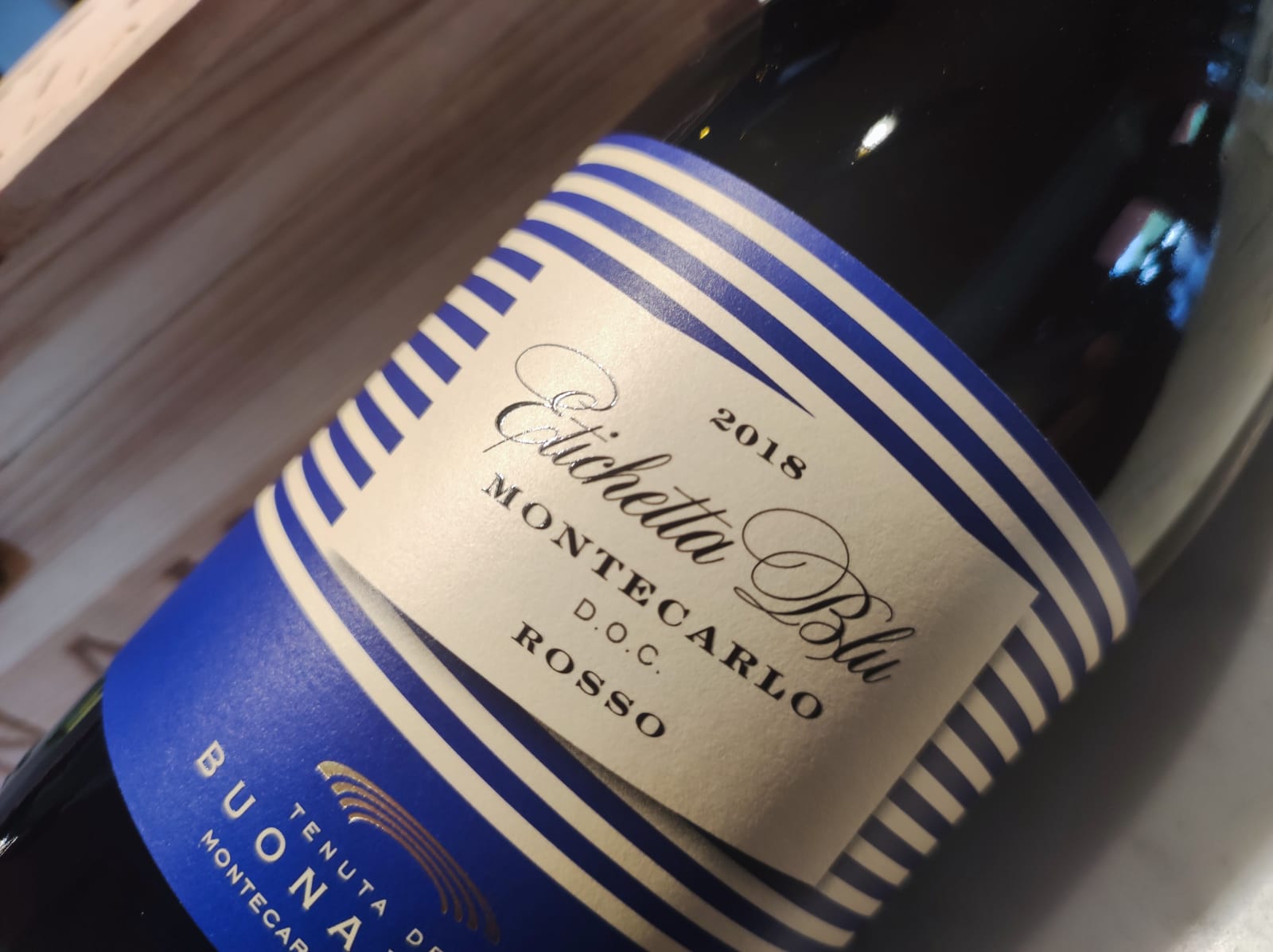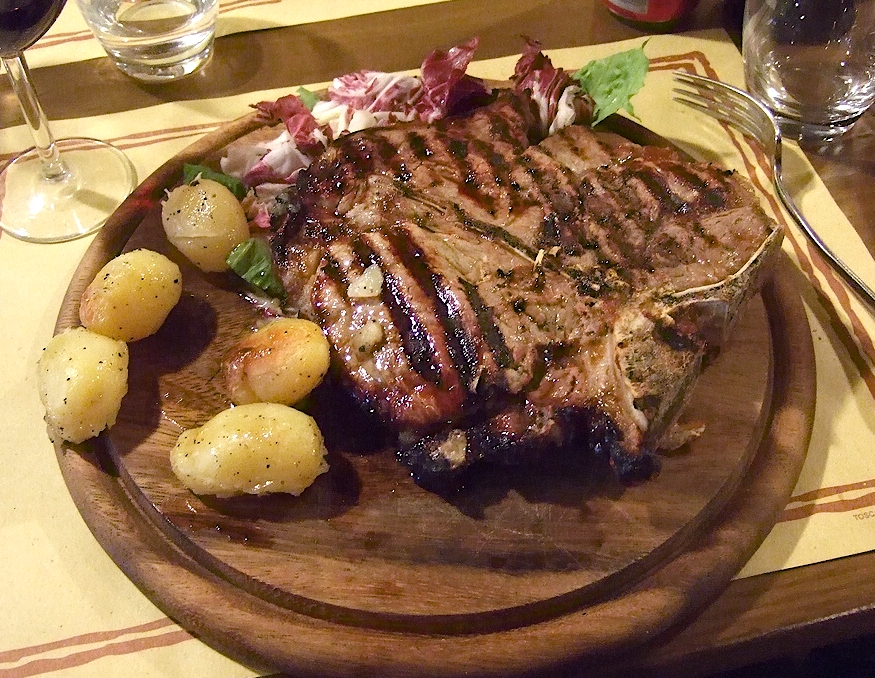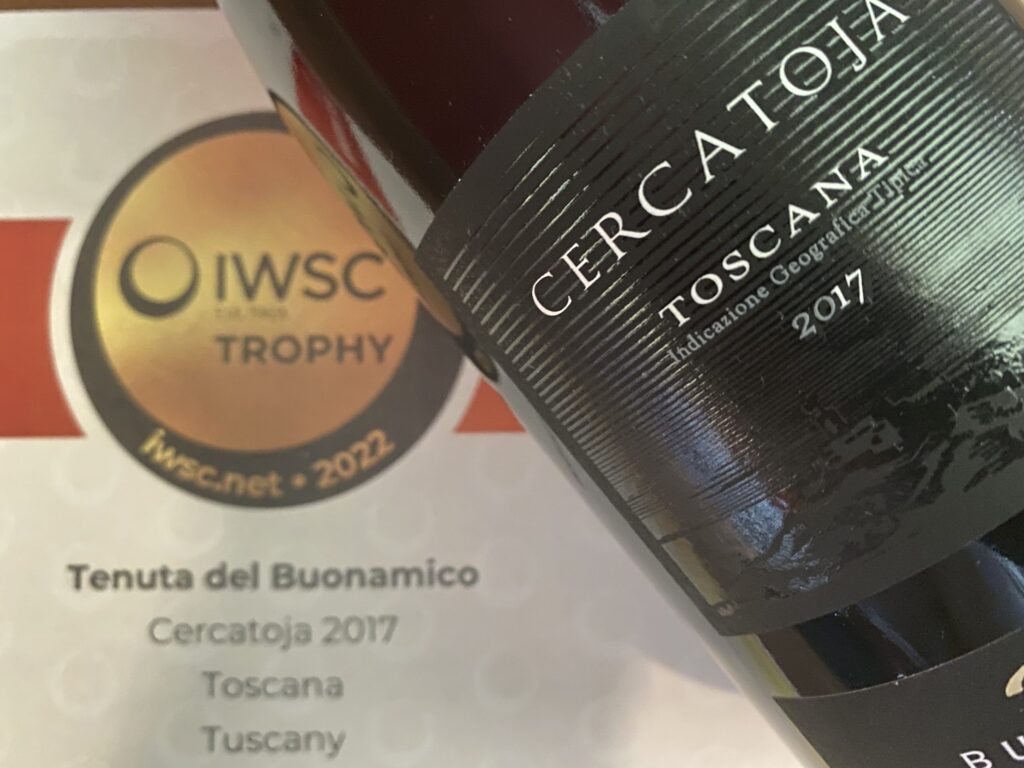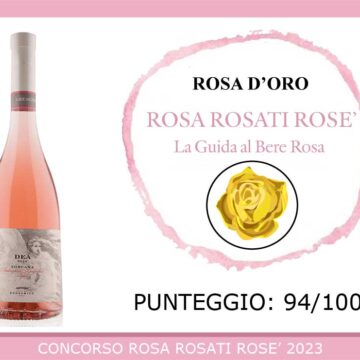
“Ferragosto” barbecue and Buonamico wines
The name “Ferragosto” derives from the Latin “Feriae Augusti”, that is “The rest of Augustus”.
In fact, the whole month of August is dedicated to Octavian Augustus, the first emperor of Rome, who was considered a kind of demigod by his subjects. To ingratiate himself with the favor of the people, Octavian Augustus, who, in the month he had decided, had to be determined to participate in a day in the nobody, had to be forced to work. He chose August 15th as his date, which from then on took the name of Feriae Augusti, or Ferragosto.
With the advent of Christianity, starting from the seventh century AD, the pagan festival was associated with a religious event, the Ascension of the Madonna, that is, the entrance of the mother of Jesus into Heaven, with soul and body, as it happened for her. son. Throughout Italy this anniversary is celebrated with fairs and processions.
During the period of Fascism, the people were encouraged to spend the day with their families. Reduced rate “popular trains of August 15th” were introduced, to allow everyone the so-called “trip out of town”. These trains, available from the 13th to the 15th of the month, offered a day package for shorter journeys and a three-day package for longer journeys.
In the 1950s, however, the tradition of the “barbecue” ceases, which still remains one of the favorite activities of Italians in mid-August.
Today we want to give you the recipe of the typical and traditional Florentine steak.

The Florentine steak is one of the most known and appreciated dishes of Tuscan cuisine: the non plus ultra for meat lovers, especially if cooked, as per tradition, on hot embers. To make it unique there is its T cut, the bone and the thickness, which must be at least 4 cm. Furthermore, the choice of the breed of the animal, the height of the cut and the cooking, have strict rules to respect, in order to obtain a perfect final result.
The right cut is that of the loin, to be done in correspondence with the lumbar vertebrae: the vertebral column, characteristic of this famous steak, cannot be missing. The most suitable animal is the Chianina beef, but it is also possible to use the Marchigiana, the Maremmana and the Romagnola, which can only be slaughtered between 12 and 24 months, as established by the Protection Consortium. Regarding the thickness of the Florentine steak, this can vary according to the size of the beef: it must in any case be at least 4 cm for about 800 grams of weight. The shape must be at the heart with a layer of fat around it and with the column in the center. It is important then the aging, that is the seasoning of the meat, which softens the muscle fibers, thus facilitating chewing. It is therefore necessary to wait seven days at the trusted butcher and another two rounds in the fridge, in order to obtain a very tender meat.
The steak must be taken out of the fridge at least 3-4 hours before cooking: in this way, in contact with the hot plate or grill, the temperature will not drop. Dab the steak with absorbent paper before placing it on the grill: this will eliminate all traces of humidity
Before placing it on the grill, wait for the flame to die down completely, so the meat will cook at the right temperature. It is also important not to pierce the steak, otherwise the juices that keep it soft will come out, and not even season it: you will add the salt at the end. Cooking should be at least 4 minutes per side, or until you notice the droplets of blood on the surface: a sign of perfect cooking. Then turn the steak and cook it on the other side for the same amount of time: in this way you will enjoy a rare Florentine steak. Once cooked on the sides, the secret is to keep it straight on the bone for at least two minutes.
Tenuta del Buonamico offers two excellent wines to accompany the Florentine steak and, more generally, the mid-August grilled: the Montecarlo Rosso DOC Blue Label and the Cercatoja IGT Toscana.
The first is a blend of 50% Sangiovese combined with Cabernet Sauvignon, Merlot, Syrah and Canaiolo. Both fermentation, maceration and refining take place in stainless steel vats at a controlled temperature. The Sangiovese part passes into French oak barriques for 7 months, where it undergoes malolactic fermentation. With a beautiful intense ruby red color, it maintains the organoleptic characteristics of the classic Montecarlo DOC, but adds body, structure and persistence. The nose is clear, with intense notes of dark fruit and flowers, cocoa and spices. On the palate it has a velvety, broad, dense entrance and has an evident but pleasantly rounded tannic texture.

Cercatoja IGT Toscana is instead a blend with 60% Sangiovese and 20% each of Cabernet Sauvignon and Syrah. It ferments in thermally controlled stainless steel vats for at least three weeks, followed by malolactic fermentation in French oak barrels with subsequent refinement for about 18-20 months. It has an intense aroma, with notes of dark fruit and in particular black cherry, figs and plums, flowers, cocoa, spices and black tea. On the palate it is structured but also elegant and deep, with an evident but balanced tannic texture.
Two wines, these, that cannot be missed in the traditional barbecue, in the company of friends and family!

